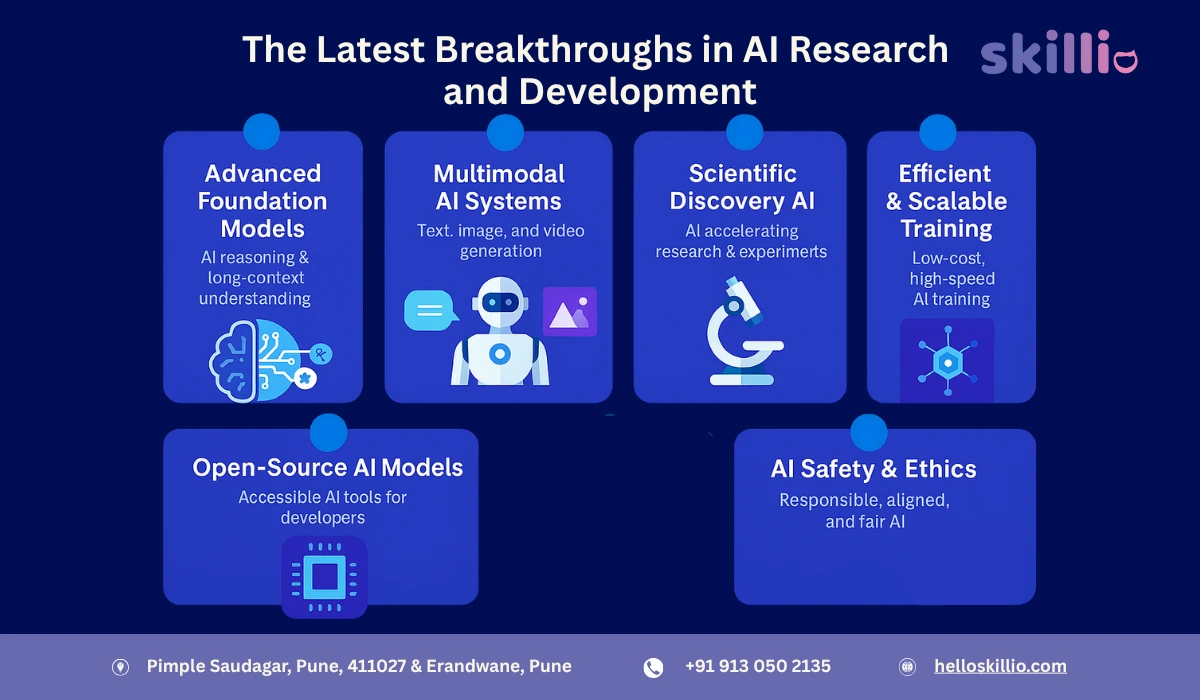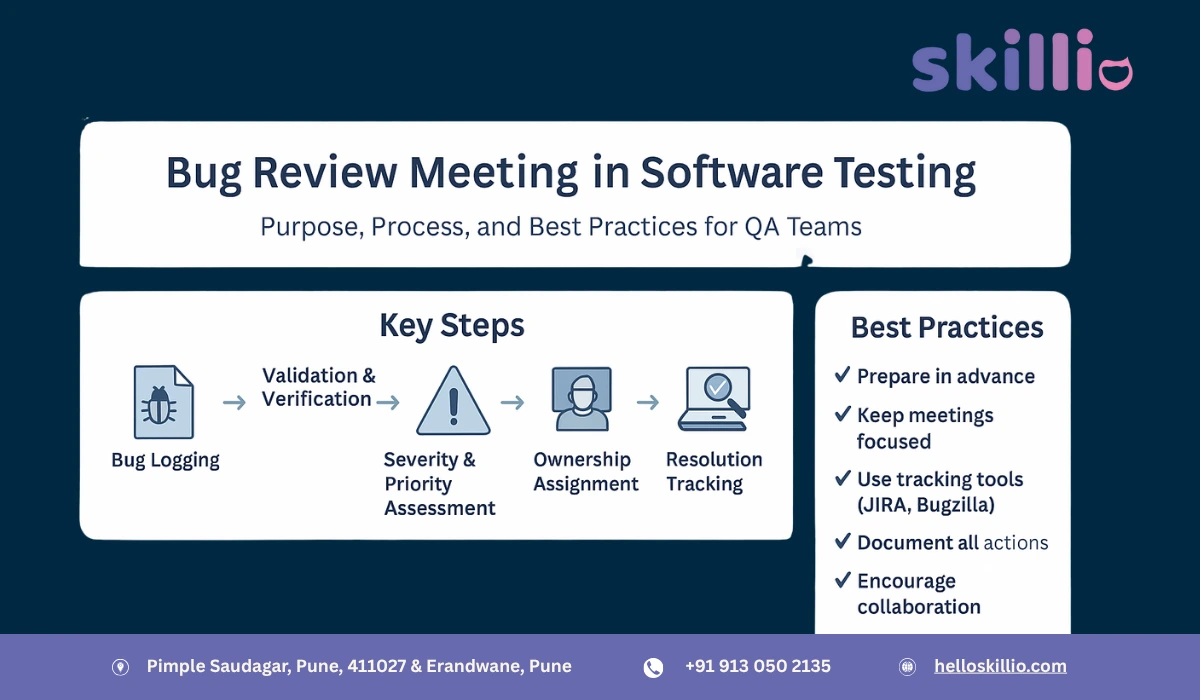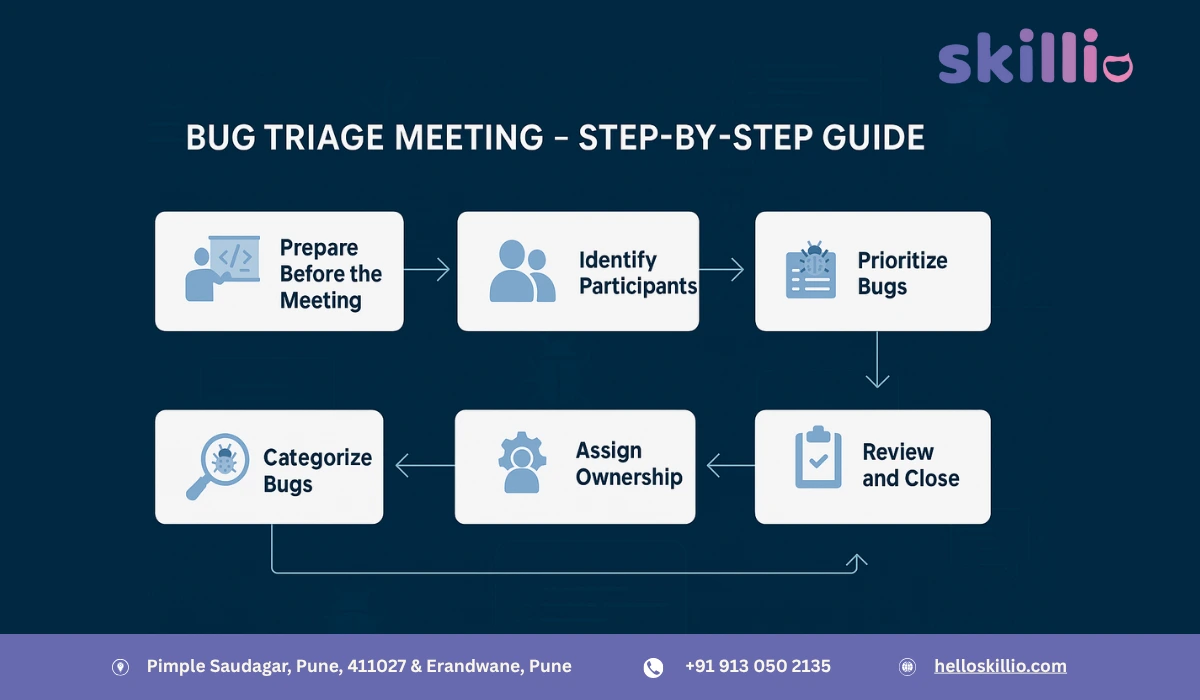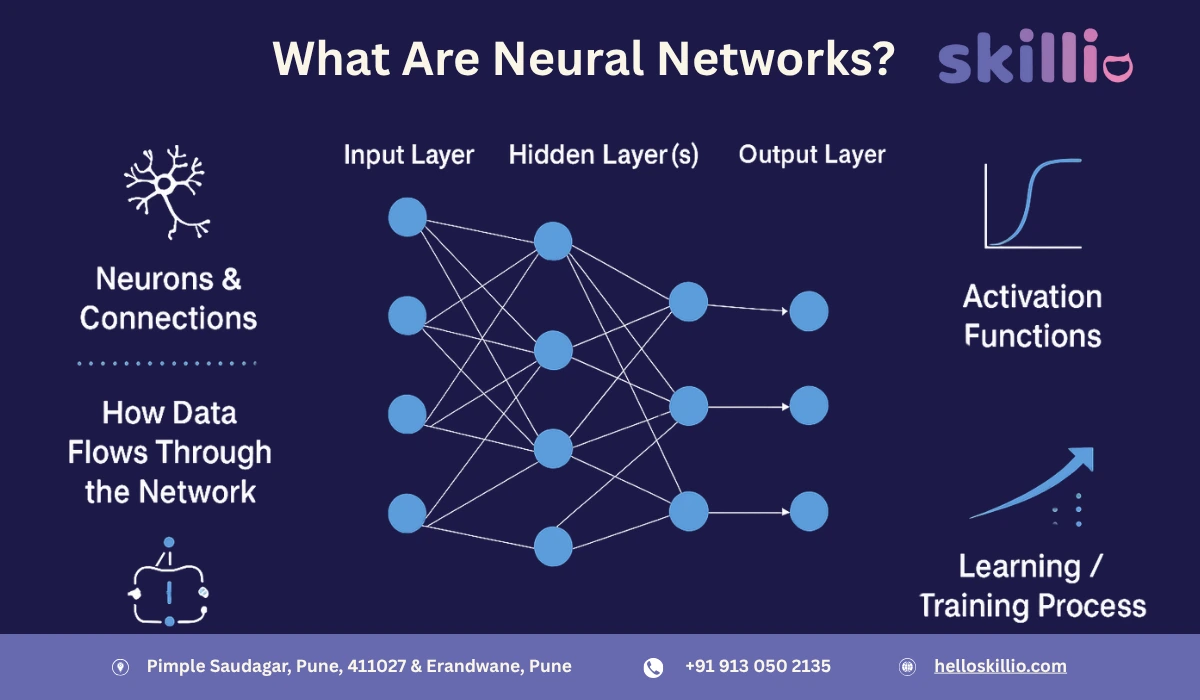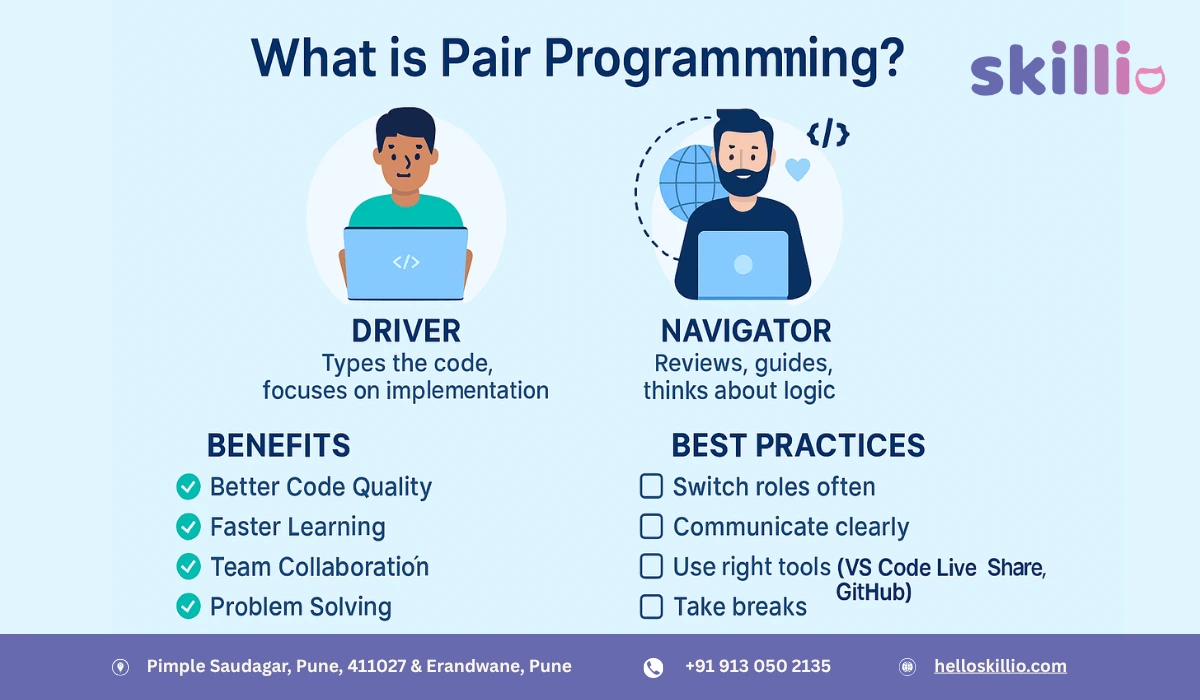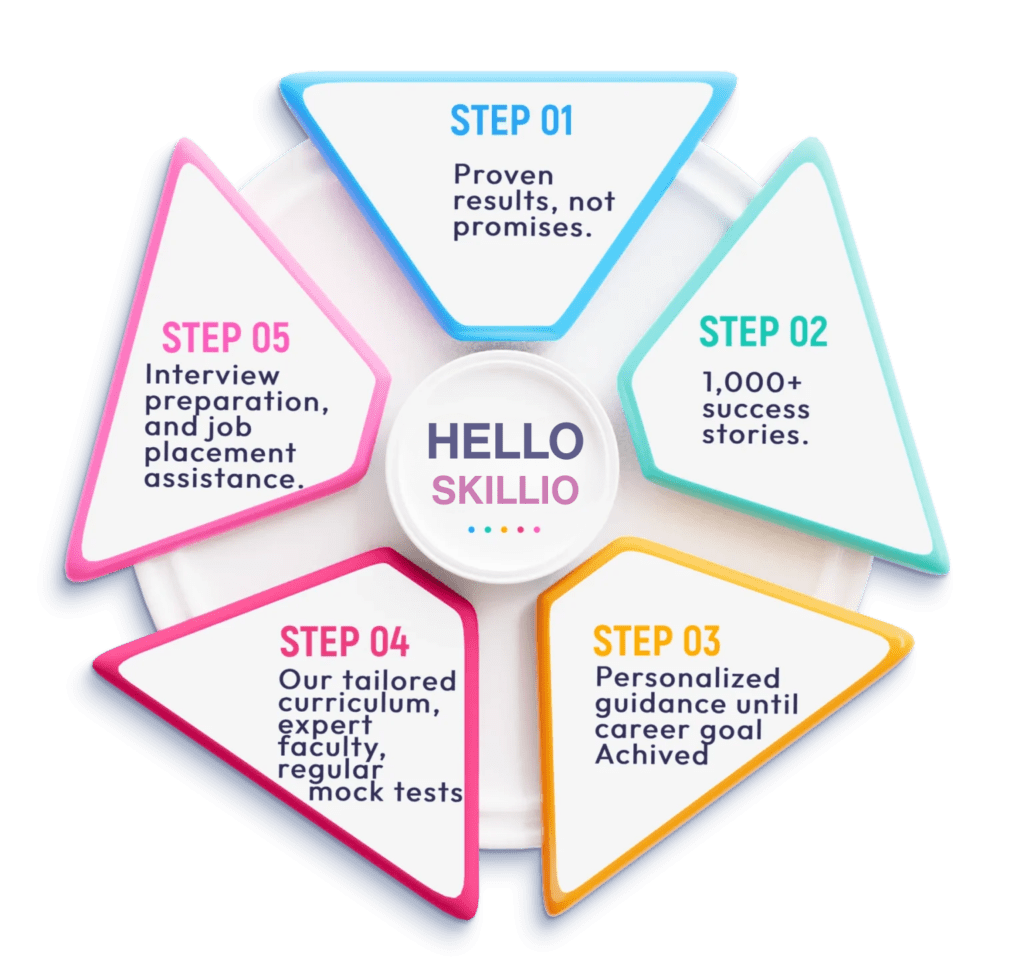Artificial Intelligence (AI) has evolved faster than any other field of technology. What started as simple automation has now transformed into intelligent systems capable of reasoning, creativity, and even scientific discovery. As we move through 2025, the landscape of AI research and development continues to expand with exciting innovations that redefine how humans and machines interact.
For aspiring professionals and learners in the tech domain, keeping up with these developments is essential. Enrolling in a Machine Learning Course in Pune can help students gain the knowledge and skills to understand, build, and apply these advanced systems in real-world scenarios.
At the same time, those seeking structured training with career support often look for an AI course in Pune with placement opportunities — an ideal way to bridge learning with practical industry exposure.
Let’s explore the latest AI breakthroughs that are shaping the next decade.
Advanced Foundation Models: Beyond Human-Like Reasoning
In 2025, AI foundation models like OpenAI’s GPT-5, Google DeepMind’s Gemini 2.5, and Anthropic’s Claude 3 have revolutionized the ability of AI to think, reason, and create. These models have extended context lengths, improved reasoning capabilities, and multimodal understanding — meaning they can process text, images, and even video simultaneously.
Unlike earlier versions that struggled with consistency over long conversations or documents, the new generation can handle complex workflows — from generating detailed project plans to writing software code and performing data analysis with logical coherence.
Why this matters:
These foundation models aren’t just about automation; they’re becoming digital collaborators. Developers, content creators, and businesses are leveraging them to reduce repetitive work and enhance innovation.
Multimodal AI Systems: From Text to Video Creation
A massive breakthrough in AI research is the rise of multimodal systems that integrate multiple types of data. Tools like OpenAI’s Sora, Runway’s Gen-2, and Pika Labs can generate realistic videos directly from text prompts.
For example, typing “a sunset over the ocean with flying seagulls” can now generate a short, photorealistic video clip within seconds. These systems rely on a mix of deep learning and diffusion models to produce frame-by-frame coherence, maintaining natural motion and lighting.
Why this matters:
Multimodal AI is transforming entertainment, marketing, education, and even healthcare visualization. It allows creators and educators to make rich, interactive content faster than ever before.
AI in Scientific Discovery and Research
AI’s role in scientific discovery has expanded significantly. In recent studies, AI models have helped scientists identify new materials for clean energy, predict protein structures, and even suggest new cancer treatment hypotheses that were later validated experimentally.
In one landmark project, AI was used to analyze millions of compounds and predict which ones could accelerate hydrogen fuel production — a discovery that would’ve taken years using traditional methods.
Why this matters:
AI is no longer a tool for just data analysis; it’s a partner in innovation. The collaboration between AI and human researchers is speeding up discovery in physics, chemistry, and life sciences — paving the way for faster progress in sustainability and medicine.
Efficient Training and Scalable AI Models
Previously, training massive AI models required enormous computing power and energy. But 2025 introduced new efficiency breakthroughs such as low-precision transformer training, sparse attention mechanisms, and quantization techniques.
These innovations reduce the computational cost by up to 60% while maintaining model accuracy. Companies can now train and deploy AI models faster and at a fraction of the cost, making advanced AI accessible even to startups and educational institutions.
Why this matters:
Smaller organizations can now build customized AI solutions without billion-dollar budgets — encouraging innovation across industries and educational platforms.
Open-Source Models Empowering Developers
While proprietary models dominate the headlines, open-source AI continues to fuel grassroots innovation. Models like Llama 3.1 (by Meta), Mistral, and Falcon 180B are freely available for developers to use and modify.
These open models are fast, cost-effective, and suitable for businesses looking to integrate AI without high subscription fees. Many startups and research labs now train models on domain-specific data — such as finance, healthcare, or education — using these open frameworks.
Why this matters:
Open models democratize access to AI. They encourage transparency, collaboration, and the rapid development of niche applications tailored to local industries.
AI Safety and Ethical Alignment
As AI becomes more powerful, concerns about bias, misinformation, and misuse are growing. In 2025, research in AI safety and ethical alignment has made tangible progress.
Tech companies and research institutions are investing heavily in building alignment frameworks — systems designed to ensure that AI decisions align with human values, fairness, and transparency. These frameworks test AI outputs for reliability and factual accuracy before they are deployed in critical environments like healthcare, education, and law.
Why this matters:
Responsible AI deployment builds trust. As governments begin drafting AI regulations, safety-focused systems will determine which products gain long-term credibility and user acceptance.
AI Hardware: Smarter, Faster, and Energy Efficient
AI software innovation is complemented by hardware breakthroughs. New-generation chips like NVIDIA Blackwell GPUs, Google TPU v6, and AMD MI400 series are making training and inference dramatically faster.
Hardware companies are also focusing on energy-efficient processors, reducing the carbon footprint of large-scale AI training. This makes it feasible to deploy complex AI systems even on edge devices like smartphones and IoT sensors.
Why this matters:
With energy-efficient hardware, AI can reach industries previously considered impractical for deep learning — such as agriculture, robotics, and real-time logistics.
Regulatory and Policy Developments
As AI reshapes industries, global governments are actively creating regulations to govern its use. The EU AI Act, India’s AI policy framework, and U.S. AI Safety Institute are examples of efforts to ensure responsible innovation.
These regulations focus on transparency, user privacy, and risk management. Businesses adopting AI tools must comply with these standards to ensure their solutions are ethical and legally safe.
Why this matters:
The future of AI will be shaped not only by technology but also by how we manage and control its impact on society.
Real-World Impact Across Industries
AI is now deeply integrated into almost every industry:
- Healthcare: AI diagnostics and personalized treatment recommendations.
- Education: Intelligent tutoring systems and AI-driven personalized learning.
- Finance: Fraud detection, algorithmic trading, and automated risk analysis.
- Manufacturing: Predictive maintenance and robotics.
- Marketing: AI-generated content, customer segmentation, and predictive analytics.
These real-world applications demonstrate that AI is not just a research field — it’s a cornerstone of modern innovation and productivity.
What the Future Holds
Looking ahead, the next phase of AI research aims to achieve Artificial General Intelligence (AGI) — systems that can perform any intellectual task that humans can. While AGI remains a long-term goal, the advancements of 2025 clearly indicate we’re moving closer.
We can expect:
- Stronger collaboration between humans and AI.
- Tools that learn continuously without retraining.
- AI systems integrated seamlessly into daily life — from education to entertainment.
Key Takeaways for Learners and Professionals
- Stay Updated: AI evolves quickly — constant learning is essential.
- Build Practical Skills: Hands-on experience in machine learning and data science sets you apart in the job market.
- Embrace Ethical AI: Understanding responsible AI practices will be vital for future careers.
- Focus on Multimodal Systems: Explore AI that combines text, image, and video for maximum creativity.
Conclusion
AI’s progress in 2025 reflects a blend of human creativity, computational power, and ethical responsibility. From multimodal models to efficient training systems, every breakthrough brings us closer to a world where AI is a trusted, everyday collaborator.
For students, developers, and working professionals in Pune looking to build a strong foundation in this exciting field, pursuing a Machine Learning Course in Pune can open endless opportunities. The right learning path helps you stay relevant, skilled, and ready for the future shaped by artificial intelligence.
Read Here: What Is Machine Learning? A Beginner’s Guide to This Game-Changing Technology

